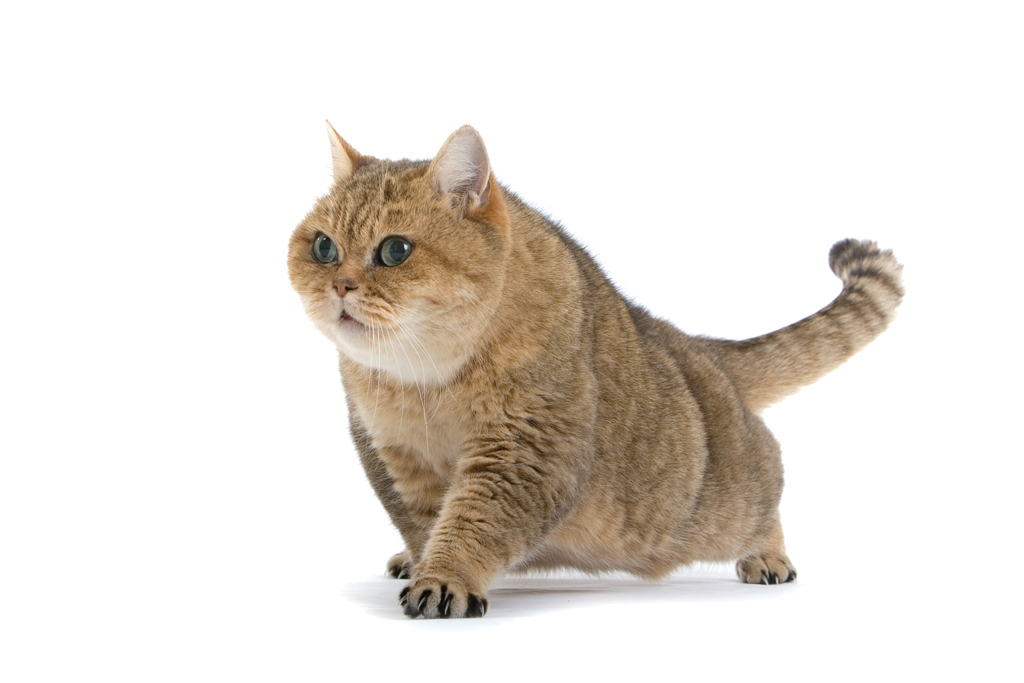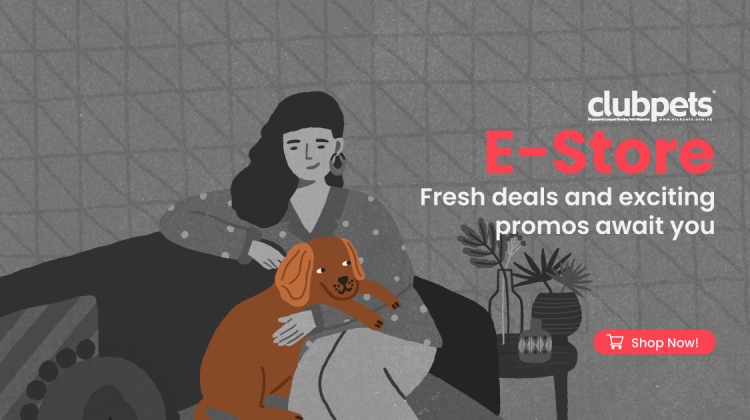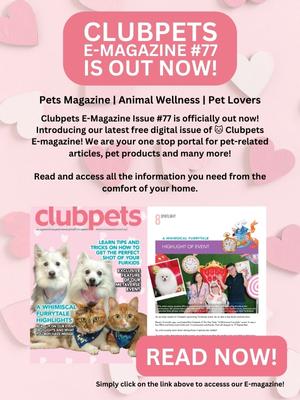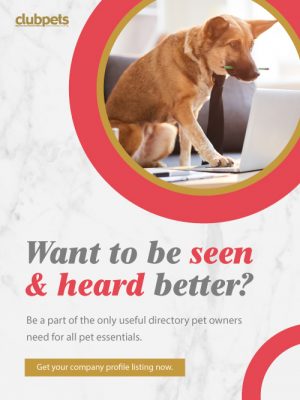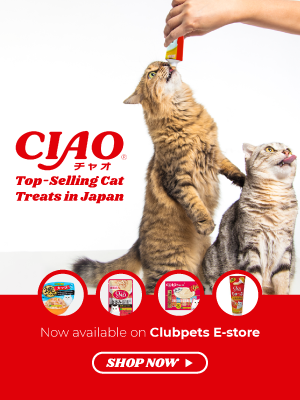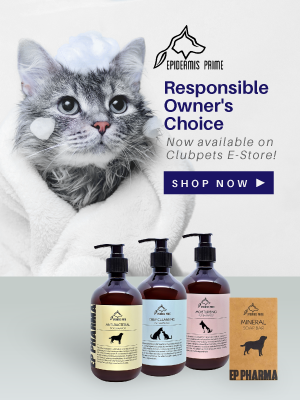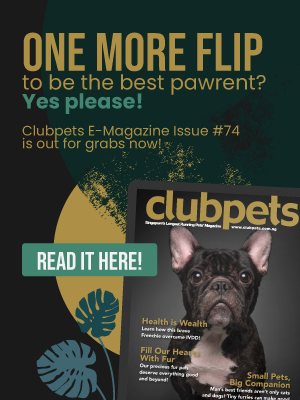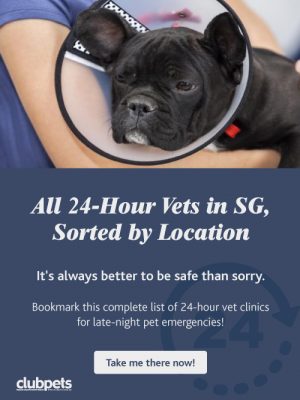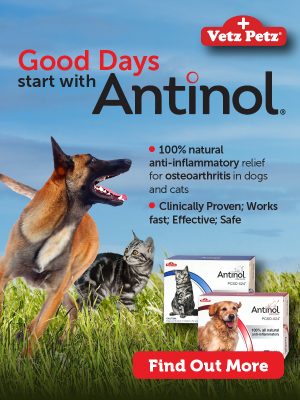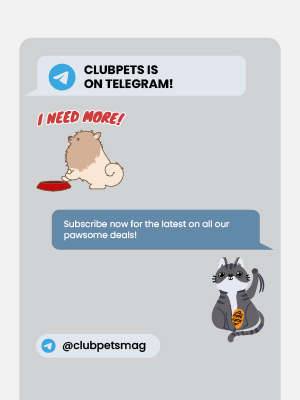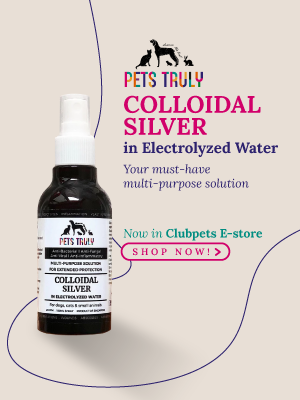
The domesticated life is a pretty swell one. There’s a free flow of kibble, countless cosy napping spots and human pillows to snuggle up on at night. But a routine this sheltered comes with its fair share of risks too, with the most likely of all being obesity. Fat cats carry extra baggage, and we’re not talking about that sagging pot belly or set of triple neck rolls.
Unfortunately, many of us cat owners think a chubby constitution is a cute look (some of us cannot even differentiate between an overweight feline and a healthy one) but the hard truth is that our ignorance is driving our pets towards a slow, painful death.
Why is my cat fat?
Admittedly, we might be guilty of overestimating our cats’ independence. Their seemingly flawless self-sufficiency has us believing that they are capable of taking care of their health and bodies without our help but that is a grave assumption. A conspicuous example is how we free-feed them. Paradoxically, this is very unnatural as cats are hardwired to work for their food. They are true carnivores that hunt for their meat. So, what happens when they are faced with a food bowl that magically refills itself with zero effort on their part (other than licking it clean)? They consume with no restrain and no physical exertion – a no-brainer recipe for obesity.
Another factor that is no less significant but not as widely known is the fact that certain brands of dry kibble are carbohydrates-dense. To put the science talk simply, cats are different from most mammals in the sense that their digestive systems break down carbohydrates at a much slower rate, hence converting them into stored fat more easily. On top of purposely being extremely tasty to encourage a ravenous appetite, these lower quality dry foods are packed with flour, sugar and plant-based ingredients which are all full of calories.
What are the health implications?
Many obese cats are inclined to suffer from diabetes, which is closely related to poor diet compositions and eating habits. They can also fall ill to lameness and osteoarthritis – a deteriorative condition more common in senior cats. Linked to stressed joints as well as tendon and ligament issues, this also indirectly causes skin problems as affected felines will experience restricted mobility and find it hard to groom themselves.
They will also be at a much higher risk of contracting organ-related maladies, such as liver and heart syndromes. As a result of inactivity and sporadic trips to the toilet, they may also develop lower urinary tract disease. Needless to say, their heightened vulnerability to serious ailments and infections will inevitably lead to shortened lifespans.
How can I prevent or treat obesity?
Maintaining a healthy weight is a lifelong journey for both owner and cat. It is all about cultivating the right habits that are based on a straightforward formula of decreasing calorie ingestion while increasing its expenditure.
Maximise The Exercise
Due to the difficulty in compelling cats to exercise, this can be particularly challenging if you have an inactive pet on your hands. However, you can encourage it to be more energetic by taking advantage of its natural hunting instincts. Felines love to stalk, pounce and chase so select toys that appeal to this type of play. You can even make your own with a few common items that you probably already have around the house. A great option that can be completed in mere minutes is a piece of ribbon tied to a long string to drag around. That being said, different cats are attracted to different textures and looks, so experiment freely to find that perfect toy that will turn your cat into a frisky kitty again! Another subtle way to sneak in some extra exercise is to situate the food bowl in a remote area of the house, hence “forcing” your pet to work harder to get at its munchies.
Boredom is a major cause of sedentary cats, so dedicate a couple of playtime sessions to your pet during the day. You may also consider getting another cat as a companion for your current one. Nevertheless, keep in mind that this can be tricky if your cat is of adult age as it will be more territorial and wary towards newcomers.
Do The Diet
It is advisable to stop free-feeding and specifically measure out quantities for mealtimes. Nonetheless, do not blindly follow the recommended feeding instructions indicated on food packages as they are not absolute. In most cases, the amounts are too much.
If your cat is severely obese, the most effective course of action might be to feed it meals that primarily consists of meat. There are special diets that are constructed to help with weight loss, and can be discussed in detail with your veterinarian. Typically, your cat will be required to undergo a thorough physical exam and blood chemistry test beforehand to better understand its biological as well as genetic profile. This will enable the specialist to establish an accurate healthy weight goal for the animal.
It is important to be aware that transitioning to a completely new diet is a gradual process and can even take up to a few months if you have a cat that was not exposed to different types of food during its kitten and adolescent years. Once your cat has become accustomed to the new diet, re-weigh it every four weeks to ensure that its overall mass is decreasing.

How to tell if your cat is obese
More often than not, it can be tricky to recognise an overweight feline due to the way fat is distributed throughout its anatomy. Here are some ways you can identify obesity:
- Difficulty in moving about (i.e. walking, jumping, running, climbing)
- The waist is bulbous in shape when seen from above
- The backbone, ribs and back of the head seem to have a thick layer of fat covering them
Myth busted!
Some believe that neutered and spayed cats gain weight much more easily. In actual fact, they are only moderately susceptible to obesity due to hormonal and metabolic changes.

